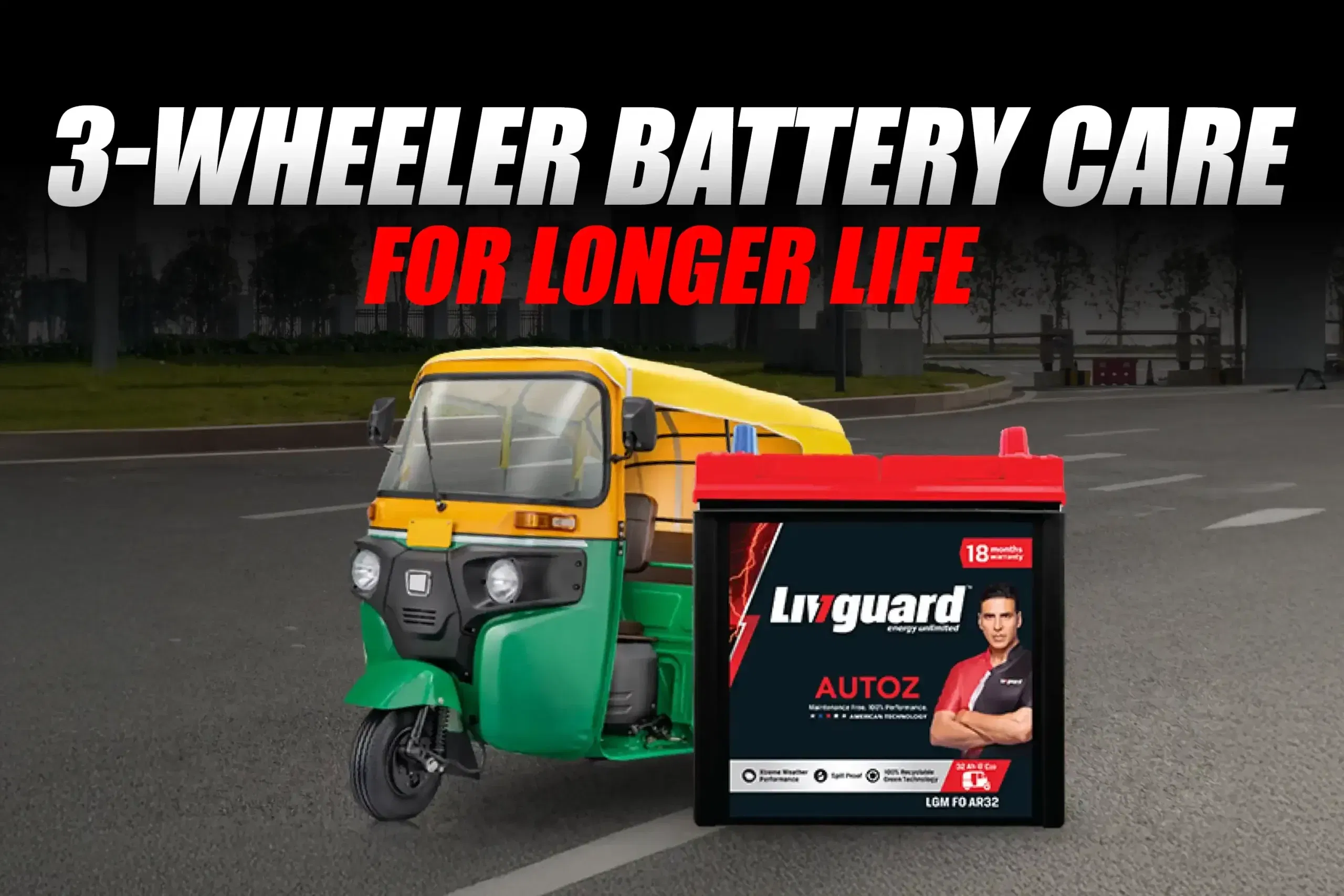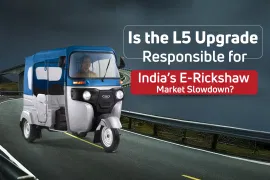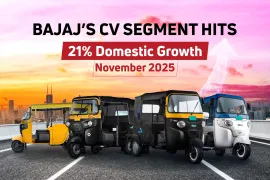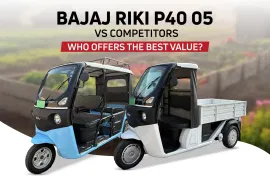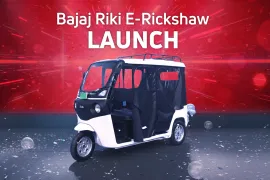A battery brings your three-wheeler to life. It drives ignition, lighting and performance. Take it away and the vehicle is useless. Good three-wheeler battery maintenance guarantees longer life, consistent power, and minimal breakdowns. Proper care is cost-savings and reliability-enhancing. Let's see how to do it for improved durability and performance.
Understand the Battery Type
Every battery functions differently. Most three-wheelers use lead-acid or lithium-ion batteries.
Lead-acid batteries need regular attention. You must check water levels and clean terminals often. They are cheaper but heavier and require maintenance. Lithium-ion batteries are lighter and more efficient. They do not need refilling but are sensitive to heat and overcharging. Knowing your battery type helps you follow the right three-wheeler battery care tips.
Keep the Battery Clean
Dust and corrosion block energy flow. A dirty battery drains faster. Keep it clean and tight.
- Wipe the surface with a soft, damp cloth.
- Check terminals for white or green deposits. Clean them using baking soda and water.
- Fasten the battery properly. Loose mounts cause vibration and internal damage.
A clean battery delivers steady current and lasts longer.
Check Electrolyte Levels Regularly
Lead-acid batteries depend on electrolyte balance. Low levels expose plates and weaken performance. Remove caps gently and look inside. The liquid should cover the plates completely. If not, add distilled water only. Never use tap water, as minerals harm internal chemistry. Regular checking keeps the chemical reaction healthy and extends battery life.
Charge Correctly, Always
Charging defines longevity, that’s why wrong charging can reduce capacity and damage cells. Follow these three-wheeler battery charging tips carefully.
- Always use the charger supplied by the manufacturer.
- Avoid overcharging. Once full, disconnect immediately.
- Do not allow full discharge before charging again.
- Let the battery rest after each ride before plugging in.
Consistent, proper charging keeps voltage stable and energy efficient.
Monitor Voltage and Performance
A strong battery shows stable voltage, whereas a weak one shows fast drop. For a 12V lead-acid battery, full charge reads around 12.6V–12.8V. If readings stay low, inspect the charging system or replace the battery. Voltage checks detect faults early and help avoid sudden failure.
Avoid Overloading the Vehicle
A heavy load strains both motor and battery. Overloading increases current draw and shortens battery life. Keep the load within limits recommended by the manufacturer. Balanced weight means smoother operation, better mileage and less pressure on the battery. In business vehicles, where every trip counts, correct loading ensures long-term savings.
Store the Battery Safely When Idle
If your three-wheeler remains unused for long, protect the battery. Inactivity causes slow discharge and corrosion. Disconnect terminals before storage. Keep the battery in a cool, dry and shaded place. Recharge it once every month to preserve charge. Proper storage maintains capacity and ensures quick startup after rest.
Replace at the Right Time
Even with good care, every battery ages. Replacement keeps your vehicle dependable. Notice warning signs, slow cranking, dim lights, or frequent discharges. Lead-acid batteries last about 2–3 years; lithium-ion batteries run up to 5 years depending on use. Follow battery replacement tips for three-wheelers: choose a compatible model, match voltage and capacity and buy only from trusted suppliers.
Timely replacement prevents sudden failure and protects electrical systems.
Follow Special Care for E-Rickshaws
Electric rickshaws rely completely on their batteries. Proper e-rickshaw battery care ensures smooth rides and better income.
- Recharge when charge falls to 25–30%. Avoid deep discharge.
- Allow cooling before charging after long trips.
- Maintain water levels in lead-acid e-rickshaw batteries.
- Use a stabilizer if your area faces voltage fluctuation.
These practices maintain range, reduce wear, and ensure consistent performance.
Final Thoughts
Battery health determines three-wheeler performance. Good habits such as cleaning, charging, checking and storing can make a big impact. A clean battery equals fewer stops, reduced expenses and extended life. Apply these three-wheeler battery care tips daily. They protect your investment and keep your business running smoothly. In transport, reliability matters most and a healthy battery is where that reliability begins.
For more articles and news, stay updated with 91trucks. Subscribe to our YouTube channel and follow us on Facebook, Instagram and LinkedIn for the latest videos and updates from the automotive world!
Related Stories:
Top 3 Affordable Electric Three-Wheelers to Buy This Dhanteras
E-Rickshaws Around the World: Where They’re Popular and Who Rules
Web Stories
Latest Three Wheelers News
Categories
91trucks is a rapidly growing digital platform that offers the latest updates and comprehensive information about the commercial vehicle industry.
